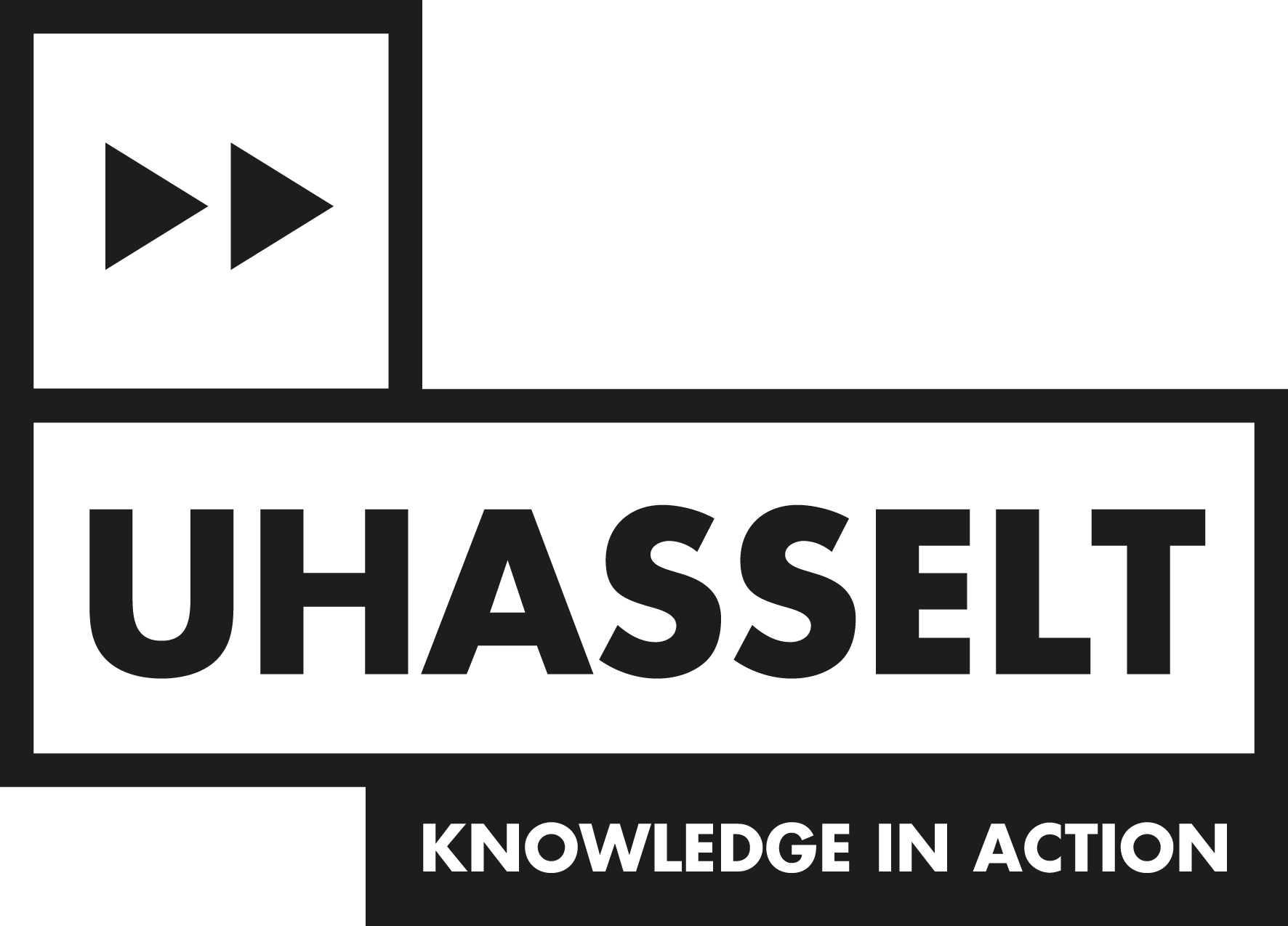Project R-13180
Title
MIBIREM - Toolbox for Microbiome base Remediation (Research)
Abstract
Microbiomes have high potential to improve biobased processes. For example, in soil and groundwater they can degrade organic
contaminants, a process called bioremediation. In Europe about 324,000 severely contaminated sites exist, which pose a risk to
humans and the environment. Conventional remediation technologies to clean them are often too expensive and technically
Microbiomes have a high potential to improve processes in the bio-based industry. Like the microbiome in the gut, that supports the
body in the digestion of food, microbiomes in environmental compartments like soil and groundwater can produce enzymes that can
degrade organic contaminants caused by human activities. In MIBIREM we will develop a TOOLBOX that helps to better develop
applications for microbiomes. The TOOLBOX includes molecular methods for a better understand and monitoring, isolation and
cultivation techniques as well as quality criteria for deposition of whole microbiomes and last, but not least methods that are applied
to improve specific functions of microbiomes like microbiome evolution and enrichment cultures and microcosm tests. The TOOLBOX
is developed for the environmental applications of microbiomes for 'bioremediation'. For that purpose, three use-cases were selected.
In these three use-cases the degradation of organic contaminants in soil and groundwater by active microbiomes is investigated and
developed. The three groups of contaminants are cyanides, hexachlorocyclohexane (HCH) and petroleum hydrocarbons (PHC). The
project starts with sampling of contaminated sites to isolate microbiomes active in degradation and to gain data for the development
of a prediction tool that helps guide bioremediation. Isolated microbiomes and degrading strains will be deposited and will also be
improved via laboratory evolution. Finally, the performance of the isolated microbiomes will be tested based on the gained
knowledge about degrading microbiomes in pilot tests under real field conditions.
Period of project
01 October 2022 - 31 March 2027
